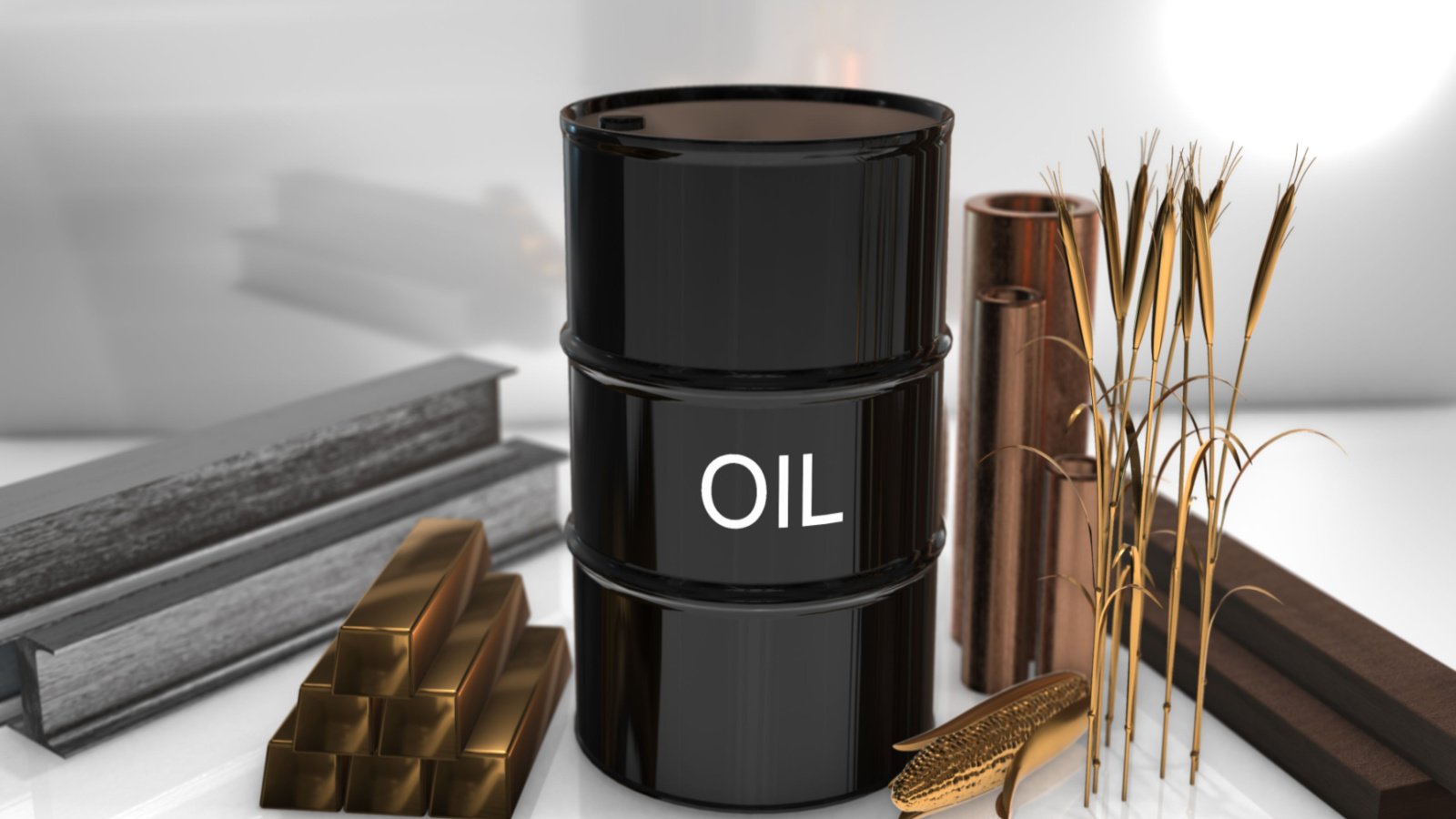
As the global economy faces numerous headwinds, including fluctuating commodity prices and economic uncertainty, certain materials stocks are increasingly risky investments. Here are three materials stocks to sell to reduce exposure to this market cyclicality.
A number of headwinds are battering these materials stocks. Persistent inflationary pressures have led to elevated interest rates, which have a twofold impact on materials stocks. Higher rates increase borrowing costs for companies, squeezing profit margins. They also reduce consumer spending on durable goods and construction projects, leading to lower demand for materials like metals and chemicals.
The market could be divided into the prospects of the materials sector. Some believe a potential pivot in interest rates could rejuvenate demand for materials by lowering borrowing costs and stimulating economic activity. However, this is contingent on stabilizing inflation rates and easing geopolitical tensions, which are far from guaranteed.
So, to protect one’s portfolio, here are three materials stocks to sell in July.
Intrepid Potash (IPI)

Intrepid Potash (NYSE:IPI) has faced significant challenges due to fluctuating potash prices.
IPI stands out as one of the materials stocks to sell due to its financial performance and market position. The company reported a net loss of $43.31 million in the last 12 months, With a small market cap of $305 million. The company’s efficiency metrics are poor, with negative returns on equity and invested capital, suggesting inefficient use of shareholder capital.
Further compounding these issues, IPI faces valuation concerns, trading at a forward P/E of 10.11 despite its financial struggles. The lack of a dividend offers no income cushion for investors during stock price declines.
Furthermore, the company reported a significant decline in revenue last quarter, with net sales dropping to $271.45 million in the last 12 months, representing a decrease from previous periods. This revenue decline, coupled with a reported net loss of $43.31 million and a loss per share of $3.40, paints a bleak picture of the company’s current operational efficiency and profitability. This then helps to make it one of those materials stocks to sell.
Celanese (CE)

Celanese (NYSE:CE) faces significant challenges, making it a potential materials stock to sell.
The company’s first quarter 2024 results show a concerning trend, with net sales of $2.6 billion representing only a 2% increase from the prior quarter and a year-over-year decline from $2.85 billion in Q1 2023. The company’s operating profit decreased to $210 million from $251 million in the same quarter last year, indicating pressure on profitability. Moreover, Celanese’s high debt load, with $13.75 billion in total debt and a concerning Debt/Equity ratio of 1.94, puts a significant financial strain on the company.
The company’s forward guidance also raises concerns. Expected second-quarter adjusted earnings per share of $2.6 to $3 show limited growth prospects in the near term. The cyclical nature of the chemical industry, combined with Celanese’s high exposure to raw material costs and global economic uncertainties, adds to the risk profile. With a PEG ratio of 4.42, the stock appears overvalued relative to its growth prospects.
Alcoa (AA)

Alcoa (NYSE:AA) is facing a challenging market for aluminum, with increased costs and declining free cash flow. Due to its recent financial results, it’s one of those materials stocks to sell.
The company’s Q1 2024 results show a concerning trend, with a net loss attributable to Alcoa of $252 million, or $1.41 per share, compared to a loss of $231 million in Q1 2023. Revenue decreased year-over-year from $2.67 billion to $2.60 billion. Alcoa’s adjusted EBITDA, excluding special items, also declined significantly to $132 million from $240 million in the same quarter last year,
Furthermore, Alcoa is grappling with operational challenges, including the curtailment of the Kwinana refinery in Australia and the potential sale of the San Ciprián complex. The company’s free cash flow is at — $324 million for Q1 2024, deteriorating from — $246 million in Q1 2023. It has a high debt-to-equity ratio of 0.64 and a negative return on equity of -15.30%.
On the date of publication, Matthew Farley did not have (either directly or indirectly) any positions in the securities mentioned in this article. The opinions expressed are those of the writer, subject to the InvestorPlace.com Publishing Guidelines.
On the date of publication, the responsible editor did not have (either directly or indirectly) any positions in the securities mentioned in this article.




